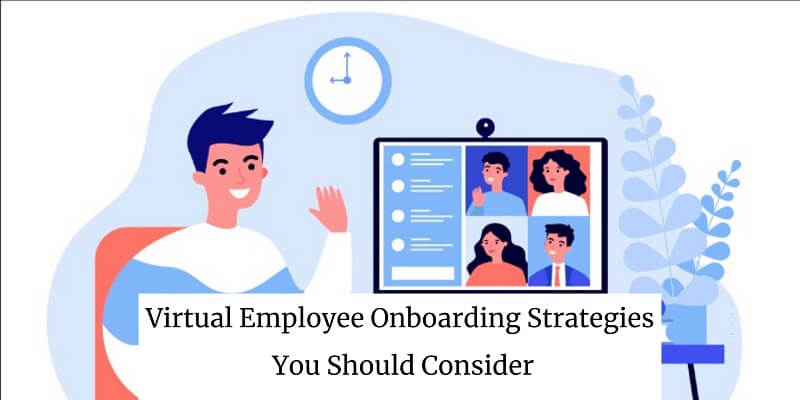An effective onboarding process is like a perfect first-date experience. It opens up the way for a long-lasting relationship. According to studies, 69% of employees who undergo a smooth shift into their new duties are more likely to remain with the company for at least three years. Regardless of this finding, most companies do not get it right in their onboarding process. So in this post, we will discuss important virtual employee onboarding strategies you should consider for superstar employees. Read through for more.
What is Onboarding?
Onboarding is the act of familiarizing new employees with the company work environment, important policies, culture, rules, and regulations. Instead of just leaving a new hire to roam loosely in the company, the leaders need to develop seamless onboarding strategies, much like mind mapping for productivity how blog owners can streamline workflows, to allow new hires to get conversant with their objectives for better productivity.
This phase is critical for managers and senior administrators to give expectations and guidance to the workers, assuming that they already have the skills to master as a website designer and the qualifications needed.
Whether creating a new program or furnishing the existing ones, you must always have a strategy in mind to follow. The following are the top five onboarding strategies you should follow for seamless onboarding progress.
1. Start Employee Onboarding Before Hiring
While this strategy might seem counterintuitive, it is really effective with tested results. Onboarding tactics go beyond the common approach, but successful employee onboarding can also be achieved before a prospect joins the company.
You can begin by exposing them to various parts and related departments they will work with during the final phase of the recruitment process. You should also use this time to align your recruiting strategies to company culture to eliminate culture shock and improve retention rates.
2. Stick To Your Goals But Change The Venue
The objectives of the virtual onboarding process remain constant as it was when you would meet candidates physically and sit across the table to discuss your future engagements. Do these to your recruits even on online platforms:
- Make new hires familiar with the company’s culture, mission, and values.
- Make them feel loved, welcomed, and included in your organization.
- Provide them with the necessary tools and relevant training and development strategies.
- Connect them with senior departmental heads, their colleagues, and their bosses.
Remember that with virtual onboarding, your interactions are reduced to less personal but effective ways. You can conveniently use digital innovations such as Zoom calls, interactive training sessions, pre-recorded webinars, or professional business contact platforms like Slack and Asana to onboard employees online.
3. Onboard At A Constant Pace
Nothing can frustrate a new person like too much information thrown at them at once within a short time. Avoid the phrase “hitting the ground running” from the start, as this will overwhelm your potential candidates.
Instead, pace out your employee onboarding process. For example, in the first week, include more introduction talks, and how-to-videos, and spare some time sharing communication platforms you will use regularly.
In the second week, make them know the company policies, certifications, goals, and what you expect of them. And finally, in the last week, you can talk about the benefits, types of employee training and development you will offer, including an introduction to the development of web-based applications, and familiarize them with colleagues and bosses, among others.
Note that a small percentage of employees are usually happy with their organization’s onboarding strategies; so ensure you give your best to stand out. An ideal onboarding timeframe is 30-60-90 days.
This will not only allow employees to transition seamlessly but also gives them a clear view of their career direction.
4. Have A Clear Vision During Training
Most statistics have constantly shown that more than three-quarters of employees remain loyal to their companies if they are provided with employee training. Training new hires are significant because it makes them feel their qualifications and skills are valued.
This training should start immediately, and they need to be an ongoing process that leverages a strong learning management system. Design their training programs based on their respective positions for increased productivity. For instance, teach customer attendants the importance of live chat software in their daily duties and how to integrate tools like CrushOn AI: No Filter NSFW Character AI Chat for more personalized and efficient customer interactions.
Conclusion: Virtual Employee Onboarding Strategies
Onboarding is an essential factor for any company. If it is executed well, it will help businesses have new hires who are adequately adapted to your company culture, goals, and mission and are familiar with their bosses and colleagues.
The use of technology has helped streamline this process, and you cannot assume the use of virtual onboarding strategies. Please use the techniques discussed in this post to succeed.



